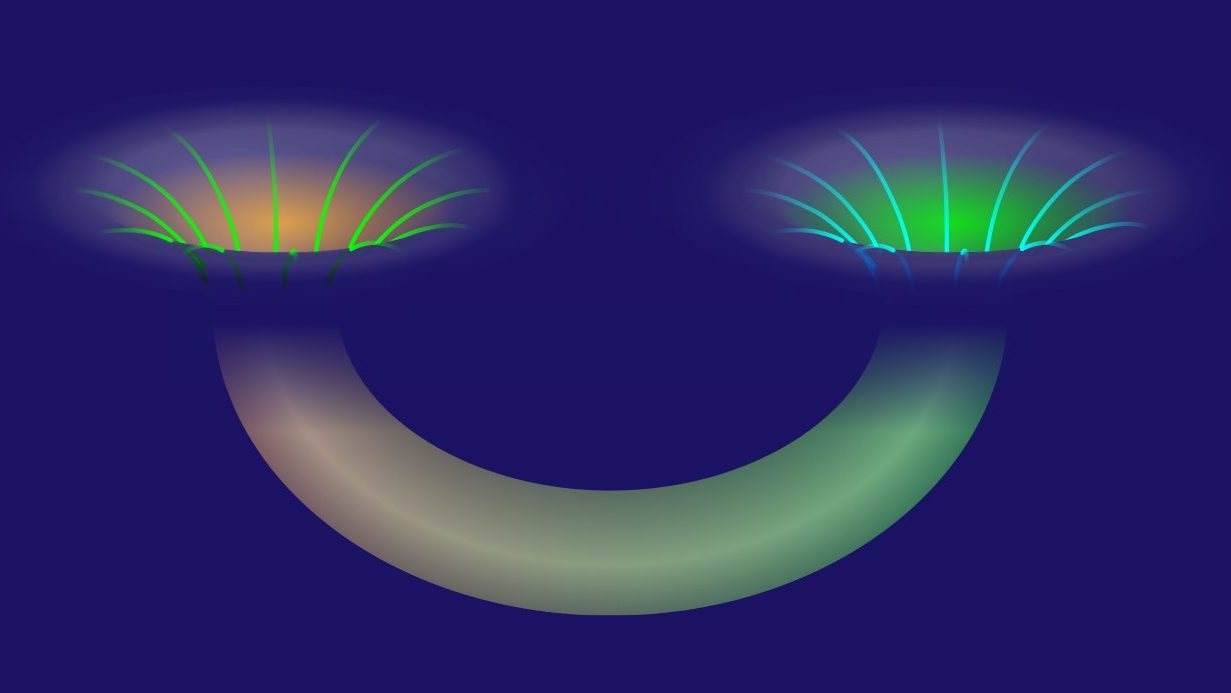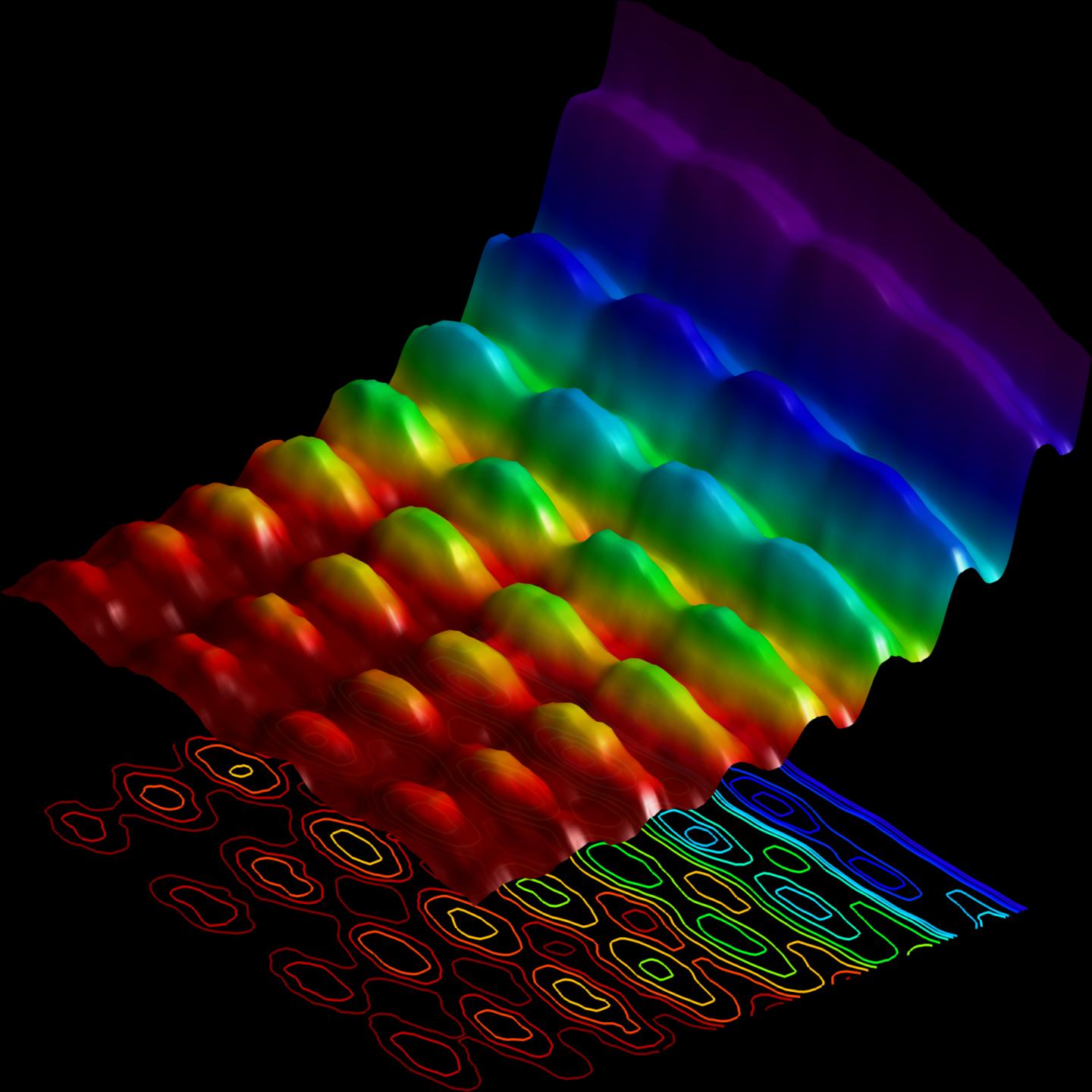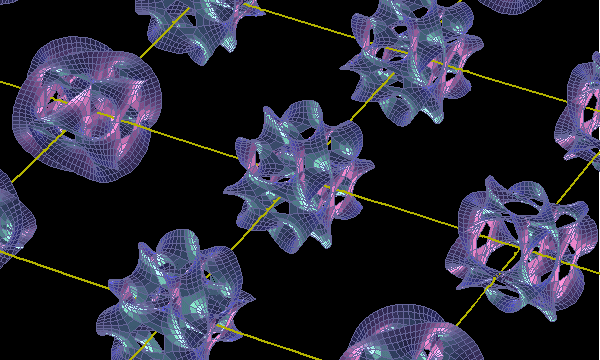Scientists Prove Nanomagnets Can Levitate, Expect More Exotic Quantum Phenomena

Researchers demonstrate in two new papers that despite a classic 175-year-old theorem saying it’s impossible, nanomagnets can be stably levitated in an external magnetic field. How can this be accomplished? Thanks to quantum mechanical principles.
In 1842, the British mathematician Samuel Earnshaw proved you can’t have a stable and permanent configuration of levitating magnets. If you float one above another, the whole setup can collapse with the slightest movement. An international team of physicists has shown that “in the quantum world, tiny non-gyrating nanoparticles can stably levitate in a magnetic field.”
Their discovery builds on the work by Albert Einstein and the Dutch physicist Wander Johannes de Haas, who explained magnetism in 1915 in terms of quantum mechanics – it is the result of the quantum angular momentum of electrons known as the electron spin.
What the scientists discovered is that electron spin can also allow a single nanomagnet to levitate in a stable way in a static magnetic field. The physicists showed how a gyromagnetic effect is responsible for establishing a state of equilibrium that supports this process.
“Quantum mechanical properties that are not noticeable in the macroscopic world but strongly influence nano objects are accountable for this phenomenon,” said physicist Oriol Romero-Isart, spearheading the research.
The discovery was made in collaboration between quantum physicists from Oriol Romero-Isart’s research group at the Institute for Theoretical Physics at Innsbruck University, the Max Planck Institute for Quantum Optics in Munich, and the Institute for Quantum Optics and Quantum Information, Austrian Academy of Sciences.
Levitating nano magnets is an exciting new experimental research field for physicists, promising further discovery of exotic quantum phenomena.
The researchers are looking next to observing the levitating nanomagnets under realistic conditions. They think that besides the experimental aspects, there is great potential to use levitating nanomagnets in a variety of technical applications, like in high precision sensors.
You can read their papers in Physical Review Lettersand in Physical Review B.





